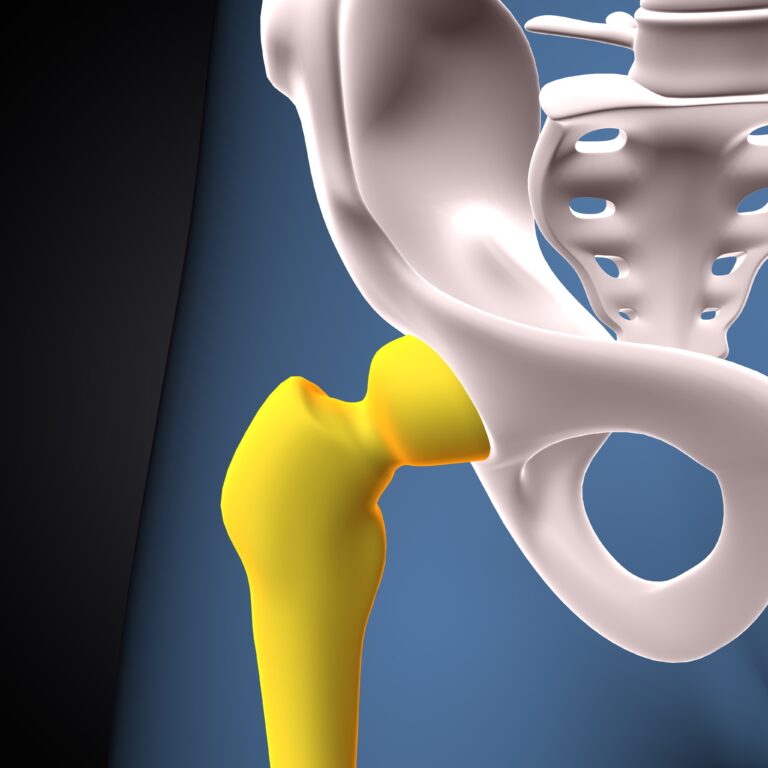Stem cells from a healthy person’s bone marrow are taken and given to the patient as part of a unique therapy used to cure certain cancers and illnesses. Bone Marrow Transplant is the name given to this treatment. After a patient’s sick marrow has been treated to eradicate any cancerous growths or diseased cells, a bone marrow transplant is performed to introduce healthy bone marrow cells into the patient. This type of medical intervention is carried out following illness treatment or harm. Let’s examine the various facets of bone marrow transplantation (BMT).
Describe bone marrow.
A bone marrow transplant, sometimes referred to as a stem cell transplant, is a surgical technique in which healthy stem cells are used to replace diseased or damaged bone marrow. New blood cells can be produced by these stem cells and can differentiate into healthy bone marrow. Conditions like leukemia, lymphoma, some immune system problems, and certain hereditary diseases are frequently treated with this treatment. Depending on the particular medical circumstance, the transplanted cells may originate from the patient (autologous transplant) or from a donor (allogeneic transplant).
Allow us to explain: Why is a bone marrow transplant necessary?
Following radiation or chemotherapy, bone marrow stem cells are destroyed. They are wrecked and irreparably damaged. Later, cancer and other disorders are treated by bone marrow transplants. If an underlying medical disease destroys your bone marrow, you may also have a bone marrow transplant.
Treatments for bone marrow transplantation include:
- Leukemia and myelofibrosis are two illnesses that can impair bone marrow function. One healthy one can be yours after the transplant.
- Together with eliminating any remaining tumors that cannot be eliminated by radiation or chemotherapy, it also helps to rebuild any damaged immune systems.
- Help return the bone marrow to its regular state following severe chemotherapy dosages.
- A person can also have their bone marrow transplanted if they have a genetic illness such as Adrenoleukodystrophy or Hurler’s Syndrome.
- Always get advice from a medical practitioner, and go over the advantages and disadvantages of a bone marrow transplant. Let’s review a few of the illnesses that BMT can treat.
Preparing for a Bone Marrow Transplant
There are several steps involved in preparing for a bone marrow transplant. Here are some important things to remember:
- Medical Exam: Take all the prescribed examinations, such as blood tests and scans, to ensure that you are healthy enough for the transplant.
- Finding a Donor (if necessary): Determine the best match for a donor, whether it’s a family member, a stranger, or someone from a cord blood bank. This is based on tissue matching.
- Discuss the Treatment Plan: Understand why you need the transplant, what might happen, and the positive and negative aspects of the treatment. Everything should be discussed with your medical staff.
- Prepare Your Body: You may require chemotherapy or radiation before the transplant to prepare your body. This helps to make space in your bone marrow for new cells while also lowering your immune system.
- Avoid Infections: Stay clean, receive vaccines, and avoid ill persons to reduce the risk of infection before the transplant.
- Handle Your Emotions: Recognise that it is normal to be emotional. Discuss any stress or problems with counsellors, relatives, or support groups.
- Eat Well: Eat a well-balanced diet to support your immune system and healing. Consult a dietitian about what to eat.
- Stay Active: Perform mild activities to stay in shape before the transplant. However, always follow your doctor’s advice regarding how much you can do.
- Create a Support Group: Have family or friends ready to assist you during and after the transplant. They can help with transportation and caregiving, for example.
- Manage finances and Legal Stuff: Check your insurance, find out how much things might cost, and take care of any legal or financial issues before the transplant.
Disclaimer: The information provided in this blog post is for general informational purposes only and should not be considered professional advice. Before making any health-related decisions, consult with a qualified healthcare professional. The content is not a substitute for medical advice, and individual results may vary. The author and website are not responsible for any consequences arising from the use of the information provided. Use your best judgment and seek professional advice when needed.



